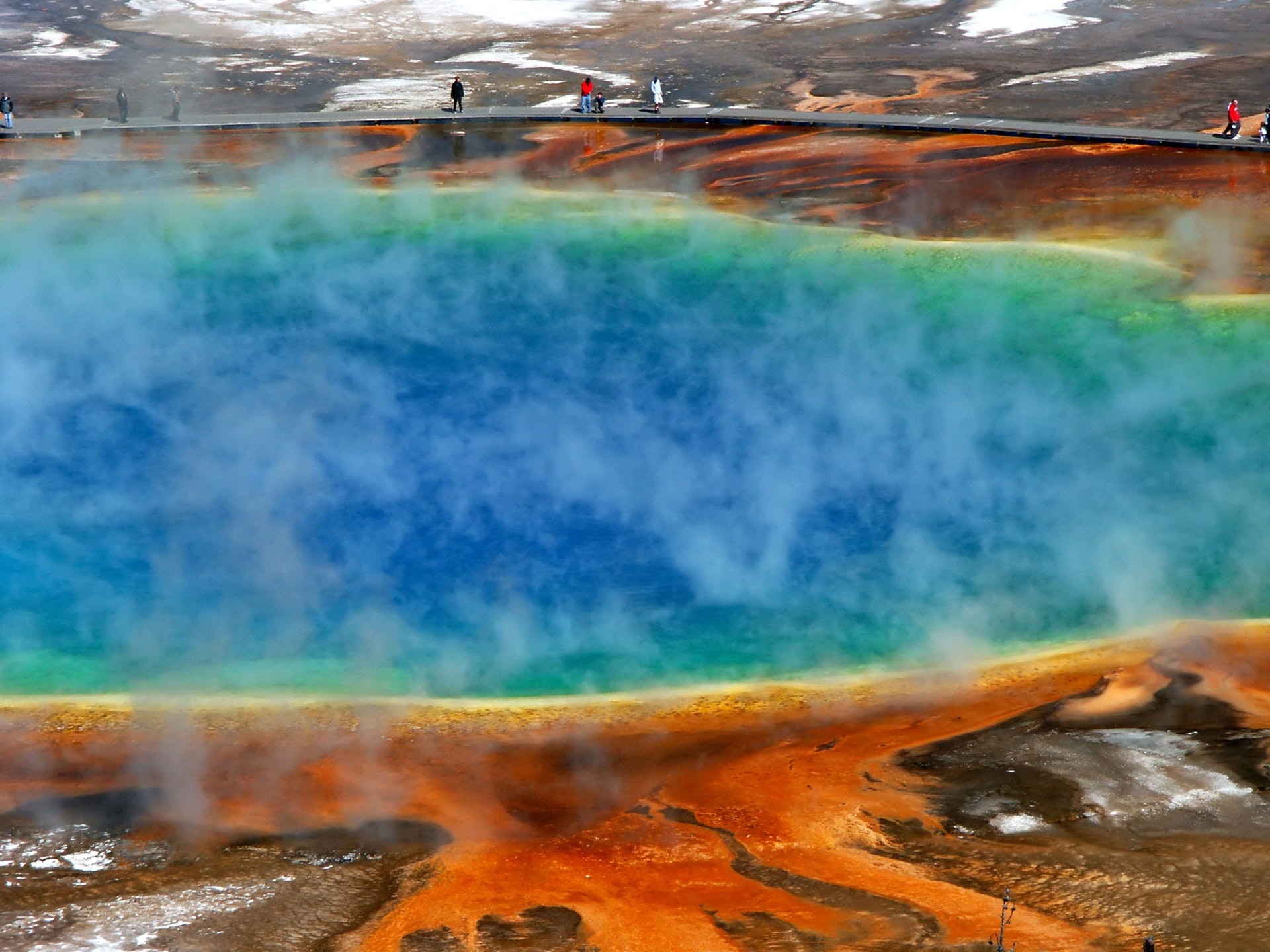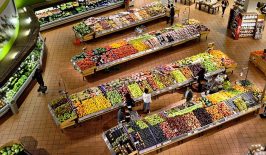Would you eat a food created by microbes that had originally lived in the depths of a volcanic pool?
Well, the answer to that is probably something like: “Why are you asking that question?” And “What does it taste like?”
The second part of that question isn’t quite yet known – I haven’t managed to snack on a sample. But the first question, the reason why is because these tiny organisms are super-efficient growers, able to pack on pounds of weight with minimal energy lost. And that, combined with some science, might make for a new alternative food substance, that could be the latest non-animal meat substitute.
These microbes come from an array of the 10,000 hydrothermal features, including hot pools and bubbling muds, of Yellowstone National Park in the U.S.. They’re known as extremophiles, a name inspired by the microscope organism’s ability to withstand superheated pools. First discovered in 1965, the microbes were surviving in temperatures as high as 85°C, well beyond what was previously known to be possible for sustaining life.
Scientists have been fascinated by studying and finding surprising uses for these microbes. One study resulted in a Nobel prize in 1993 for Kary Mullis, who invented the polymerase chain reaction from special enzymes extracted from one type of yellowish bug from Yellowstone.
Turning Slime Into Edible Protein
It’s the ability of the microbes to multiply with limited resources that attracted the attention of Sustainable Bioproducts, a biotech company which works on developing new food technology. The company has set to work on adapting co-founder Mark Kozubal’s original research into extremophile organisms, and applying it to developing new food processes. The result is an innovative fermentation technology which can grow protein with high nutritional value in a way that is far more efficient and gentler to the planet than our current animal protein model. This edible and nutritionally complete protein could one day offer a replacement for traditional meats, or even soy. The company hopes to have a product to sell within two years from now.
The buzz is substantial around this startup is because of new investment from Breakthrough Energy Ventures (BEV), a fund backed by an A-list of billionaires including Bill Gates, Jeff Bezos, to name just a few. NASA, the National Science Foundation, and the US Department of Agriculture have also contributed directly or indirectly, and the hope is to take the process out of the laboratory and into a mass-scale, with a product that’s nutritious and, hopefully, tasty.
The obvious top-view aim is to massively decrease the amount of resources and energy needed to sustain human life with food. The numbers are hard to believe – 15,400 litres of water are required for just one kilogram of beef, from growing a calf to the production process.
Late last year, Gates touched on the fact that only 25 percent of the world’s greenhouse gas emissions come from generating electricity. A bigger amount comes from agriculture, manufacturing, and transportation. That’s part of the thinking behind the enormous BEV fund to contribute to, what is at its core, developing the slime found in volcanic water.
The technology will join other alternative-food sources, including lab-grown meats, and insects and bugs turned into more palatable foods such as flour and oil, while high-tech vertical farming and smart greenhouses are dramatically transforming what we think of as traditional farms.






